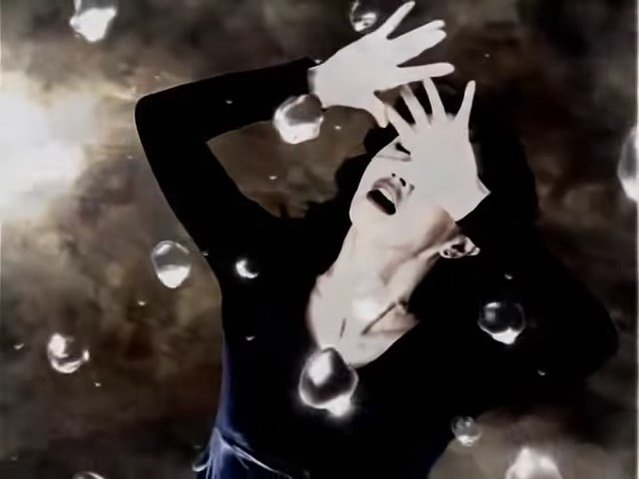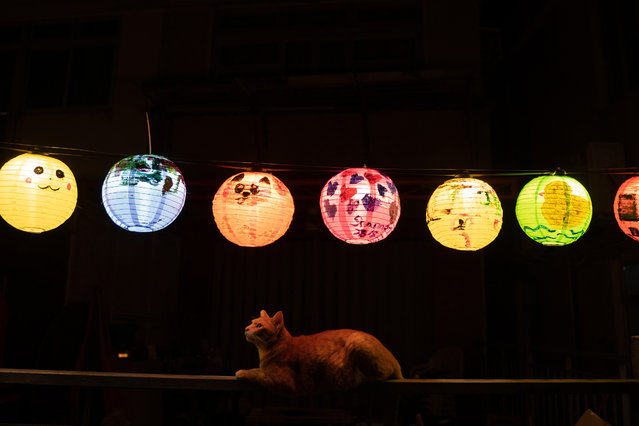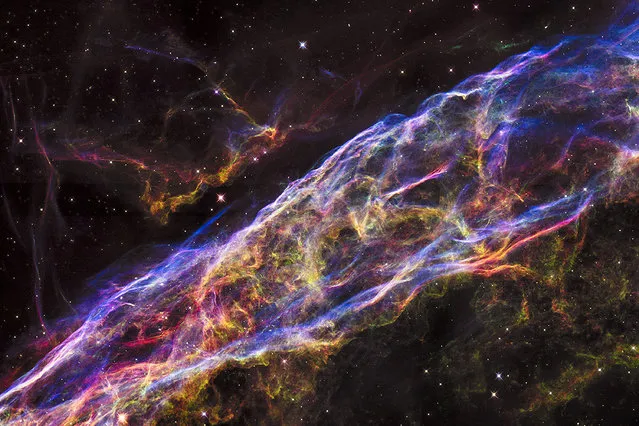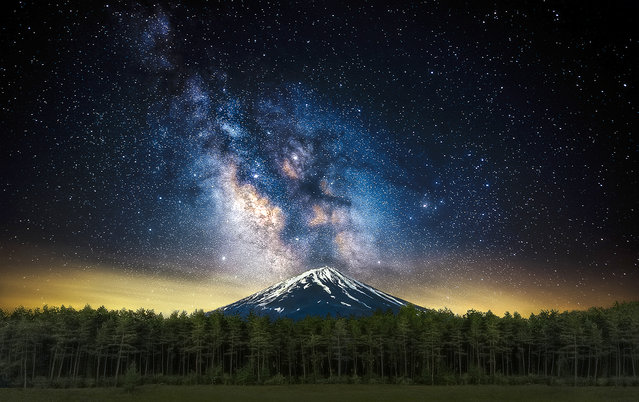
Actor Brad Pitt films a scene from “World War Z” in Glasgow City centre on August 18, 2011 in Glasgow, Scotland. The film, which is set in Philadelphia, will be shot in various parts of the city transforming it into ruins to shoot a post apocalyptic zombie film. (Photo by Jeff J Mitchell/Getty Images)
21 Aug 2011 11:27:00,post received
0 comments







